I wasn’t quite sure what to expect of our trip to Napels, and looking back on the trip the first thing I’d mention would be the noise. There was hardly a quiet moment during our stay: talking, laughing, shouting, honking, whistling, motors, music. It seemed to never stop.
Naples was founded by the Greeks and is most likely one of the oldest continuously inhabited urban areas in the world. There is plenty to see in the city and we had to decide what would be on our must-do list. In a city steeped in history, it can be difficult.
Napoli Sotteranea (Underground Naples):
We booked an English tour and were lucky enough to be a part of a very small group. Our tour guide was funny and had us begging for more stories as he led us through dark tight passages to pools filled with water. The tour takes place 40 meters below Naples in the underground quarries the Greeks opened in order the remove blocks to be able to build their city. The Romans came along and connected the quarries to build a complicated aqueduct system to supply the growing city with fresh water. One of the arms fed the Picina Mirabilis, we visited a few days earlier. By the beginning of the 20th century there were around 2,000,000 square meters of aqueducts underneath the city. In the late 1800s, trash was piling up in the aqueducts (unused wells were easy to use as trash chutes). As WWII began, the trash was covered up with a thick layer of concrete and then the aqueducts were used as bomb shelters during air-raids.
Santa Chiara
In the midst of the hustle and the bustle is a quiet oasis. The cloistered garden of Santa Chiara is filled with brightly painted majolica tiles, which give an air of Portugal. Interestingly enough, none of the tiles depict religious scenes and only one scene features a nun feeding a cat. A wonderful place to sit in quiet contemplation and recover from the noisy city.
San Martino
We had originally planned to take the Metro up to San Martino, a major landmark visible from almost every corner in the city, and then walk back down to the city. As it turned out, the pathway back down to the city was closed due to construction work. Instead, we visited San Martino, and enjoyed the views before taking the metro back to the city. We were virtually alone the entire time we were there, walking around the cloister and the gardens.
Metro Line 1
We also looking forward to exploring the modern stations of the Metro Line 1. Every station is different and in some of the stations, the lights even change colors.
Food
Our main reason for traveling to Napes was food, i.e. learn how to make pizza. We tried street food (Arancini and fried pizza dough slathered with zucchini cream and topped with smoked provolone), dined on fresh fish, sat back and watched to world go by while sipping coffee and eating delicious s
Naples isn’t especially known for it’s beaches (it hardly has any in the city), but a short walk to the west, there are a few spots where it’s possible. We headed out there on our last afternoon and after dipping into the cool water, warmed ourselves in the sun and did some serious people watching while reminiscing about our trip to Naples.

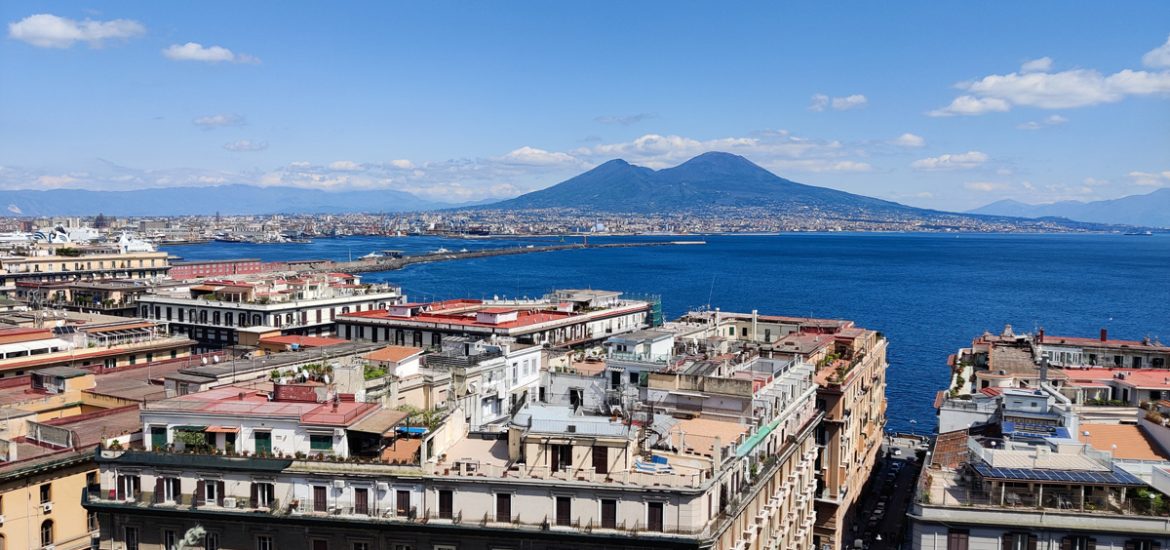
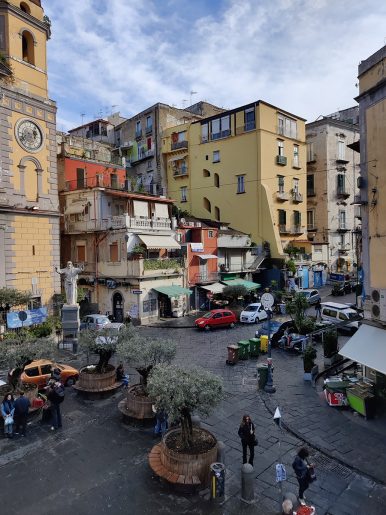
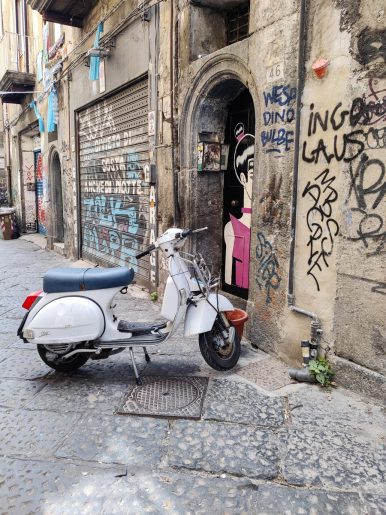
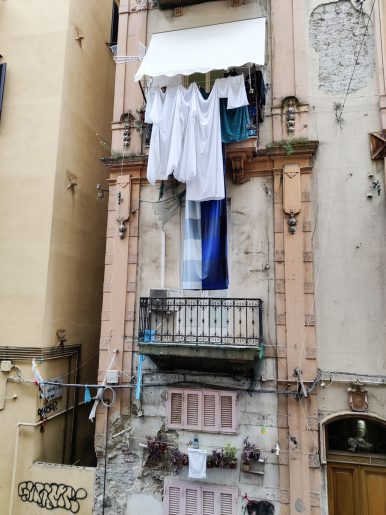
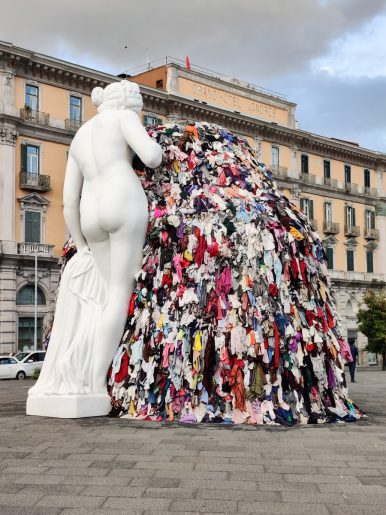
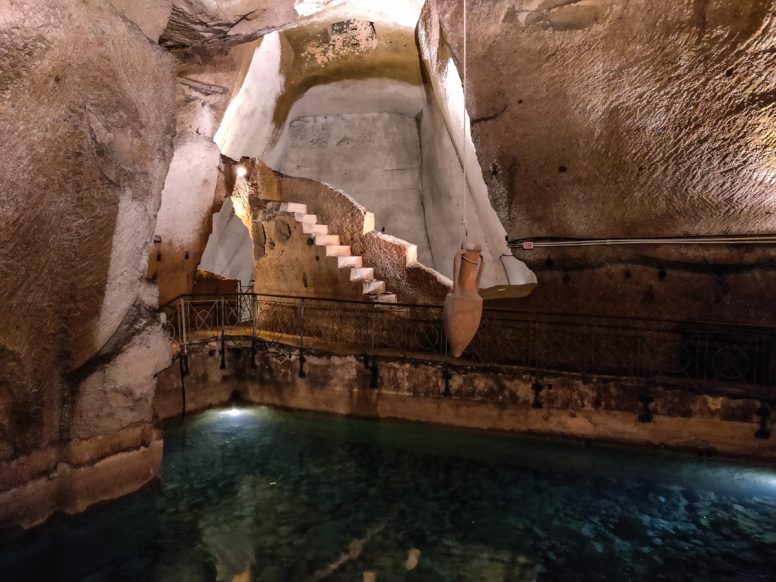
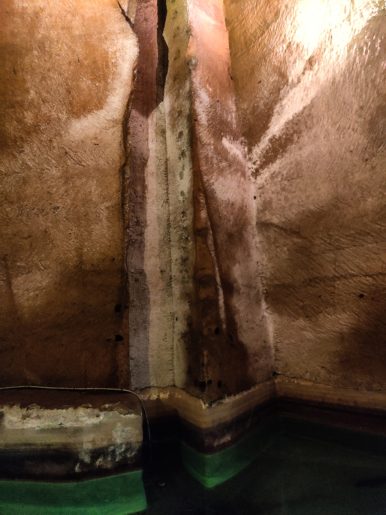
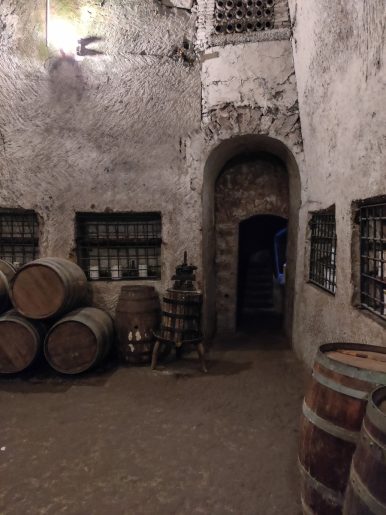
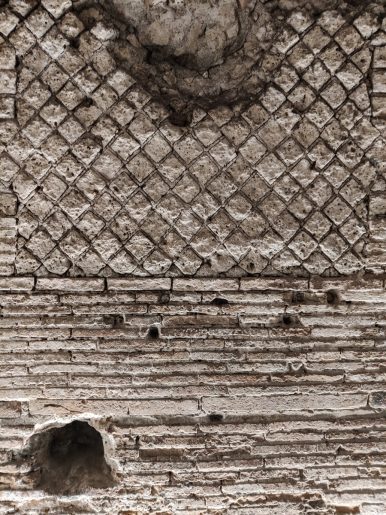
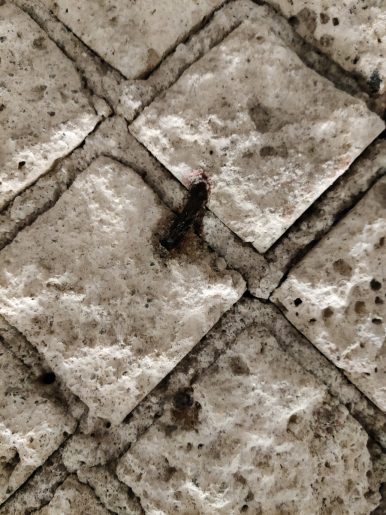
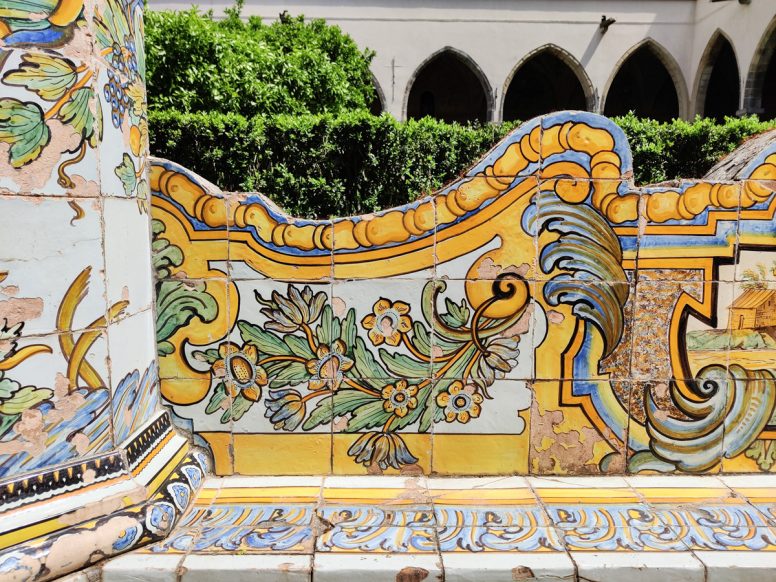
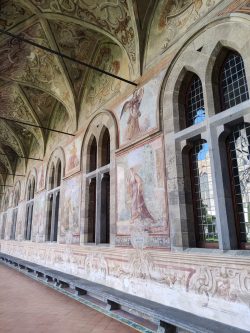
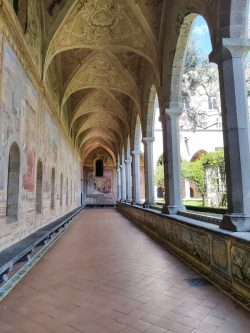
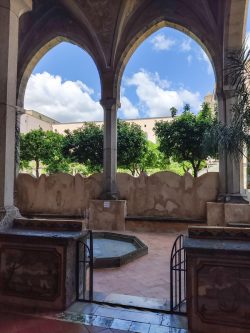
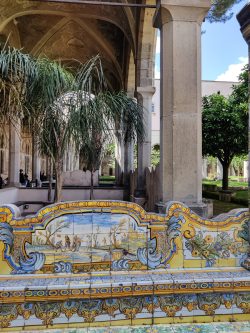
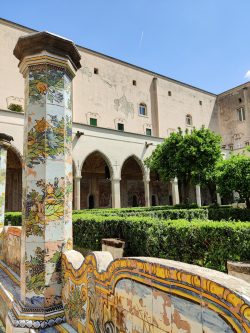
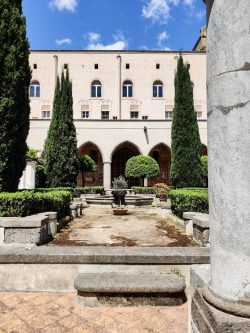
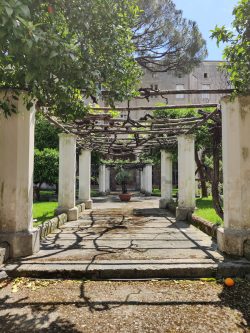
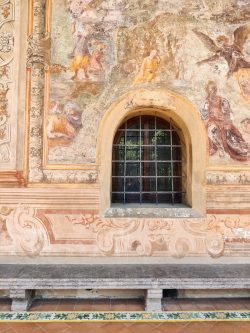
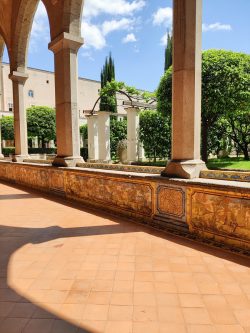
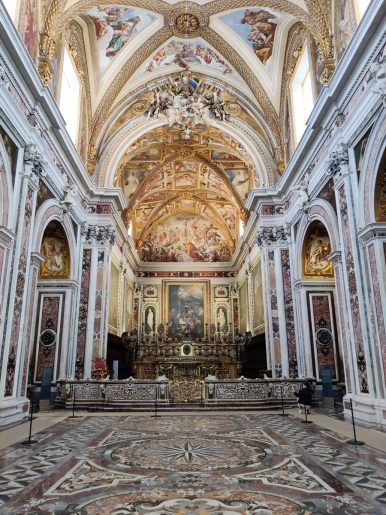
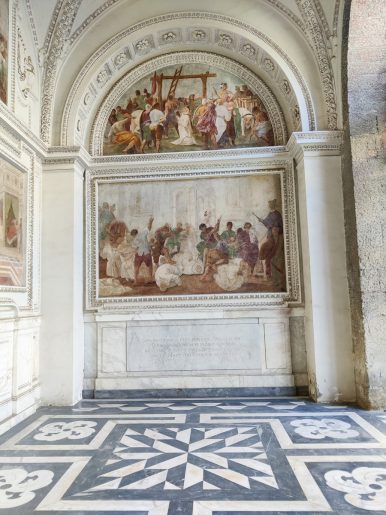
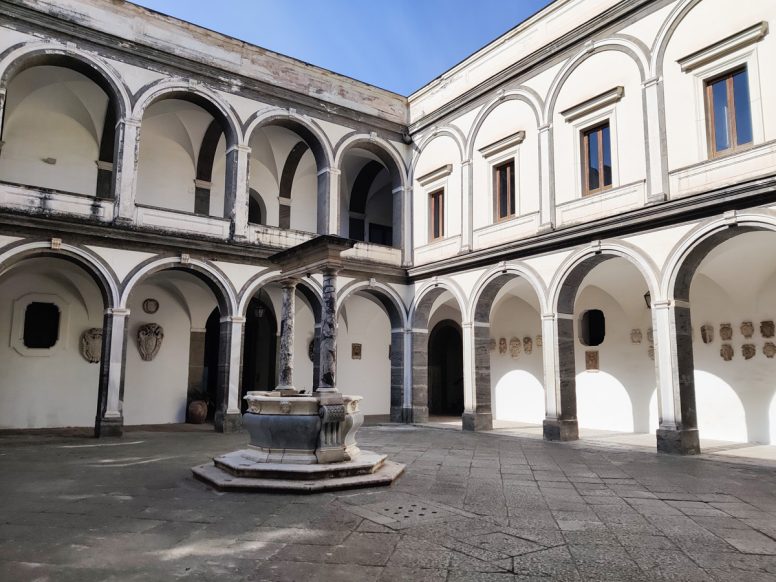
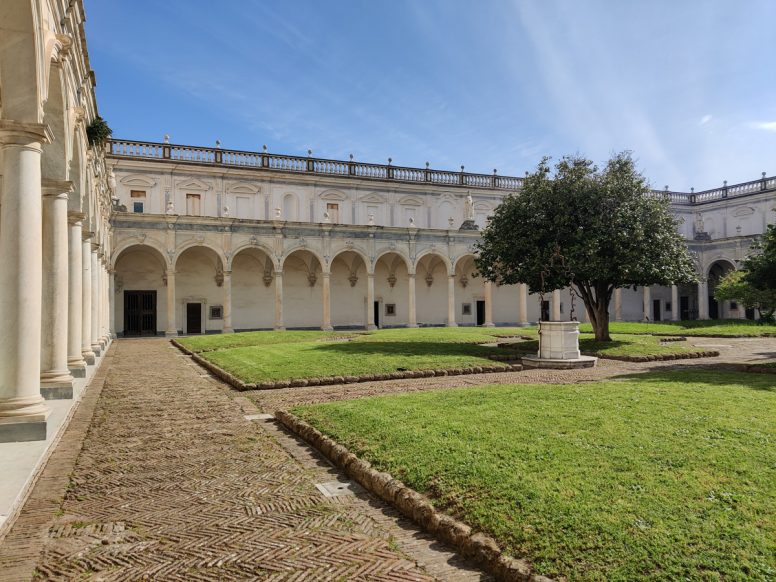
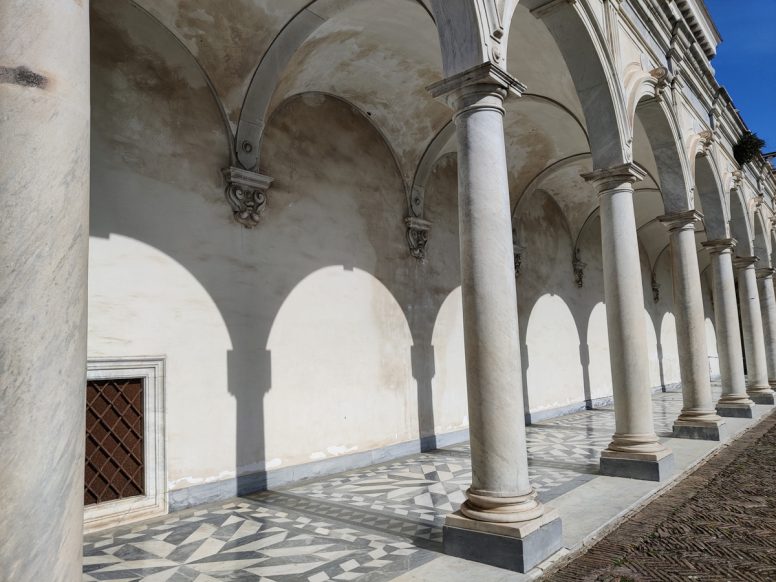
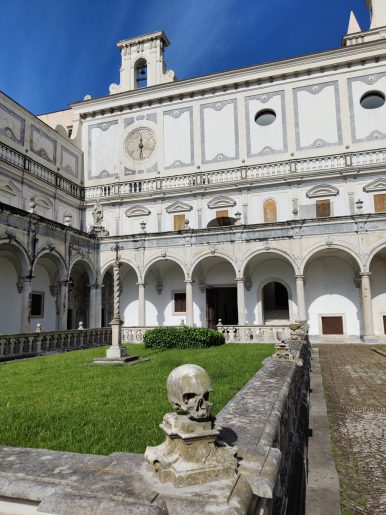
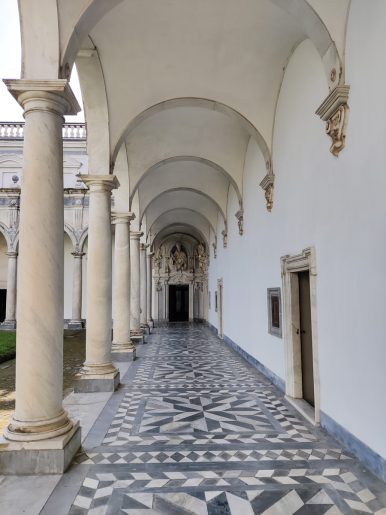
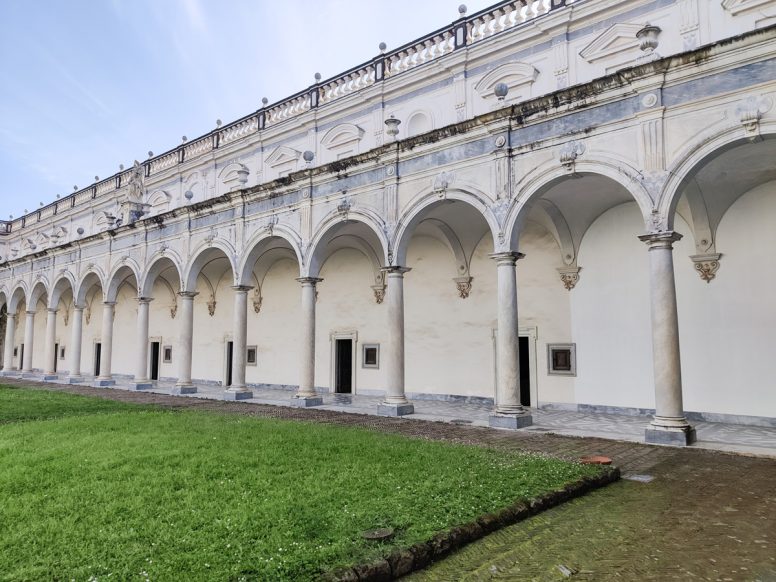
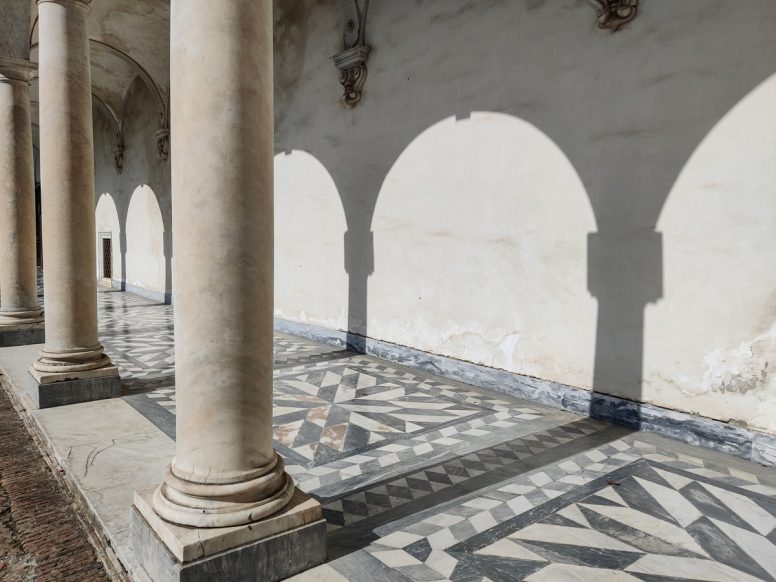
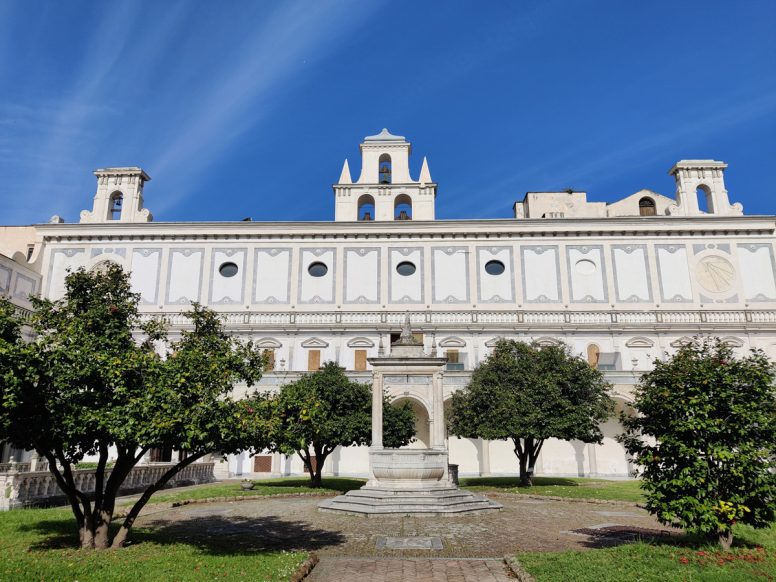
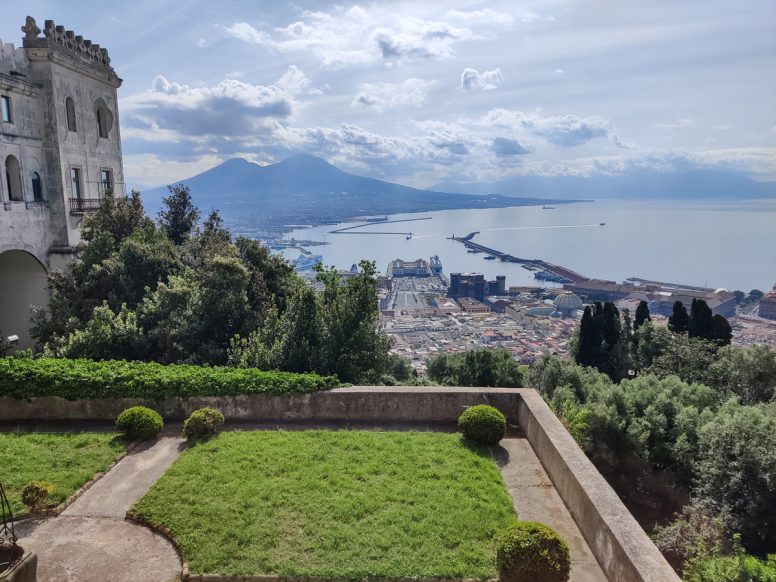
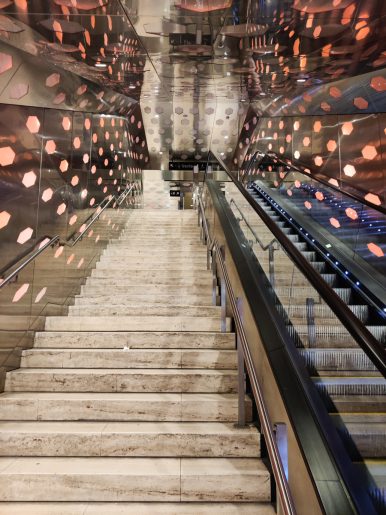
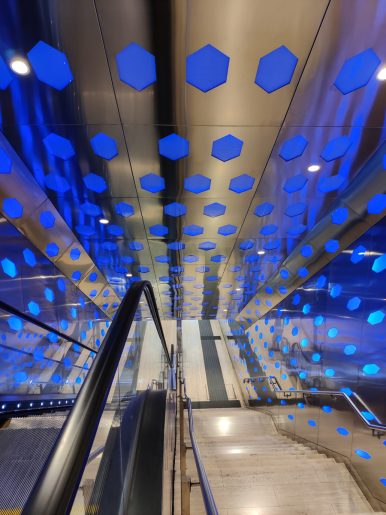
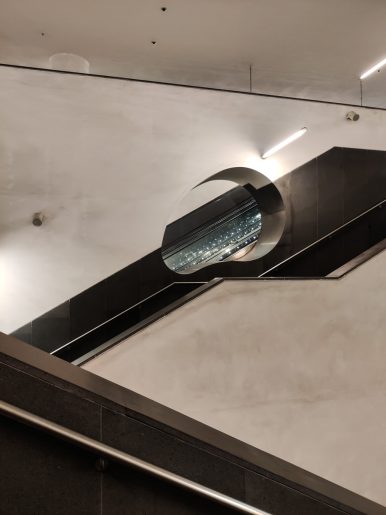
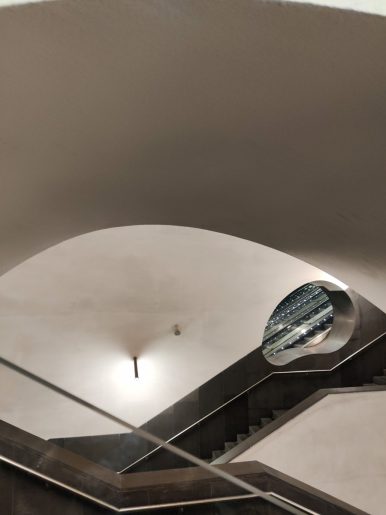
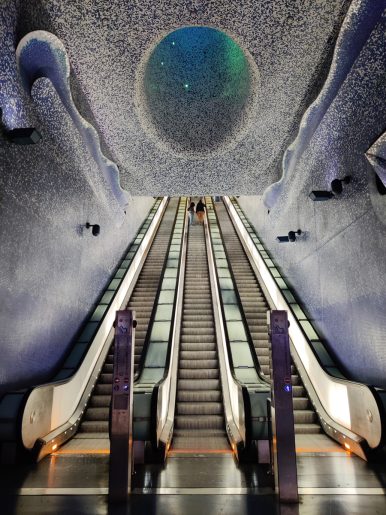
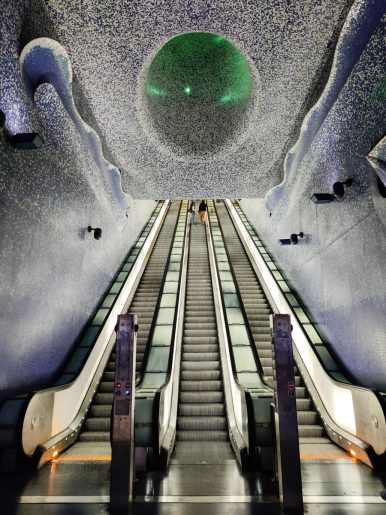
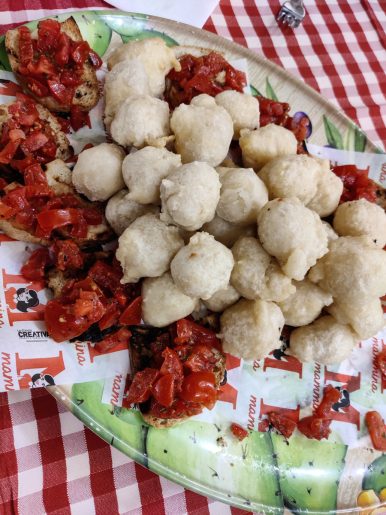
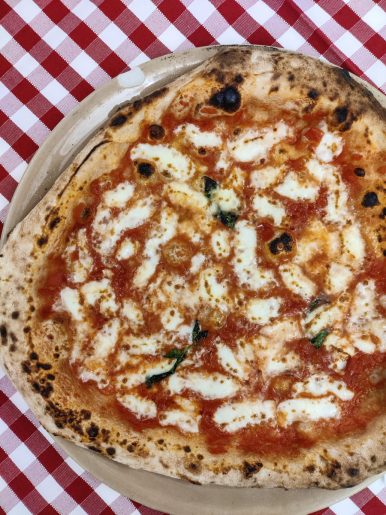
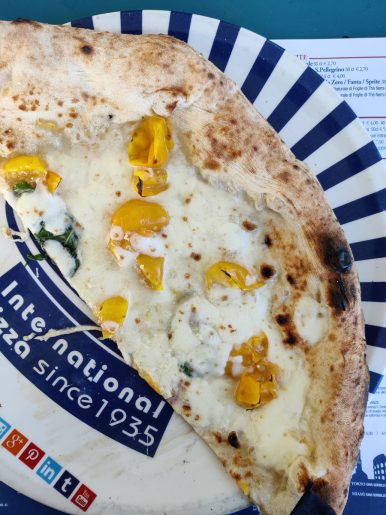
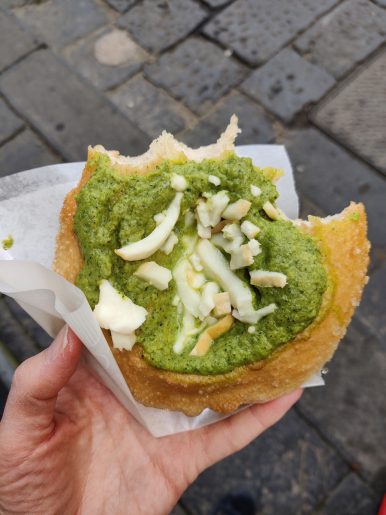
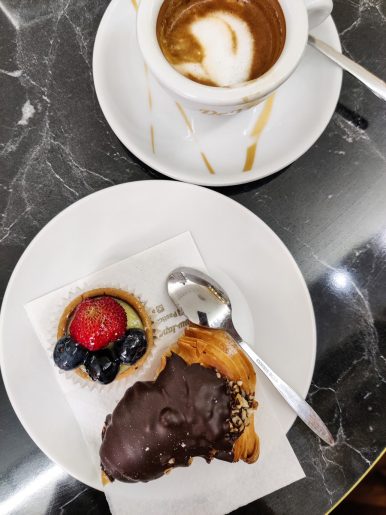
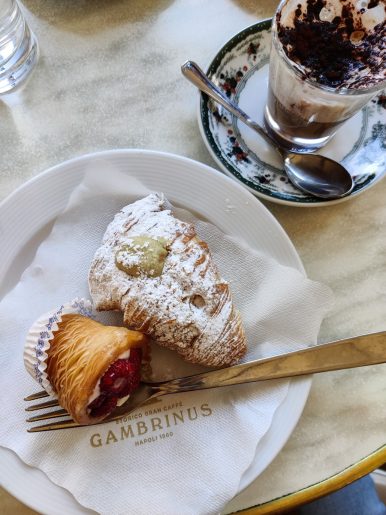
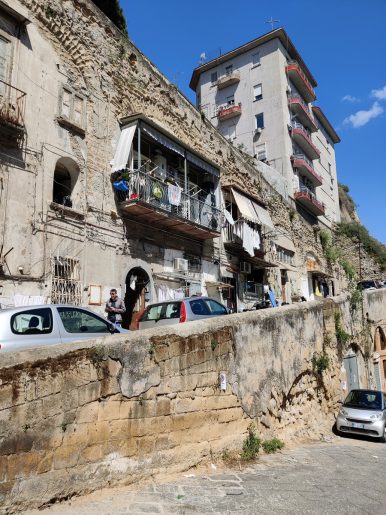
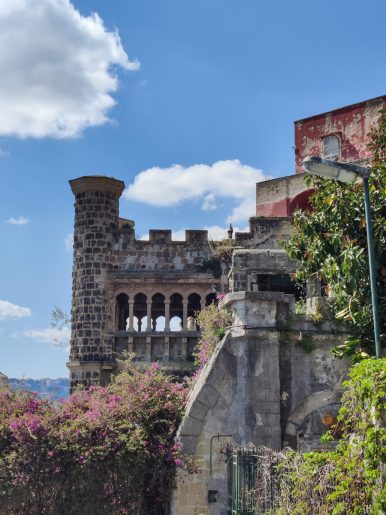
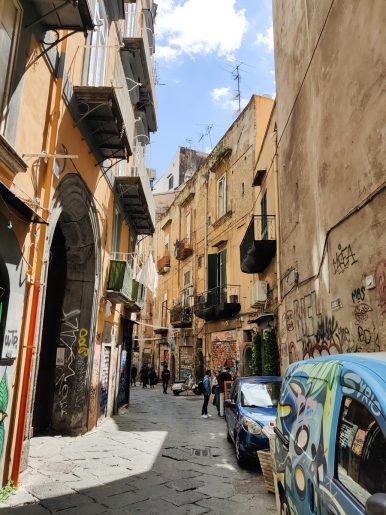
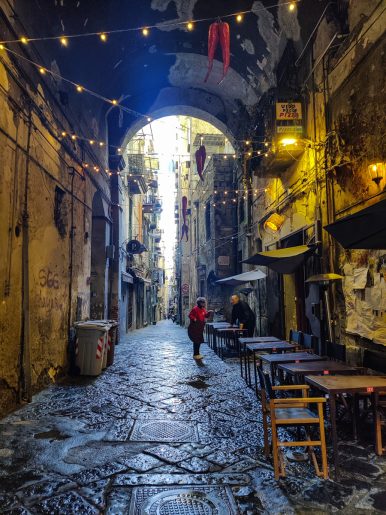
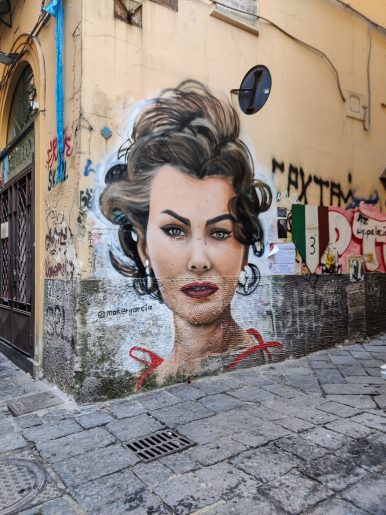
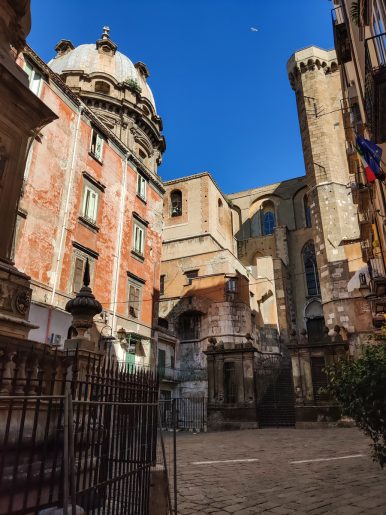
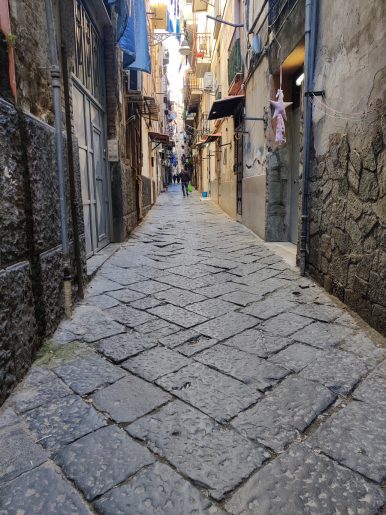
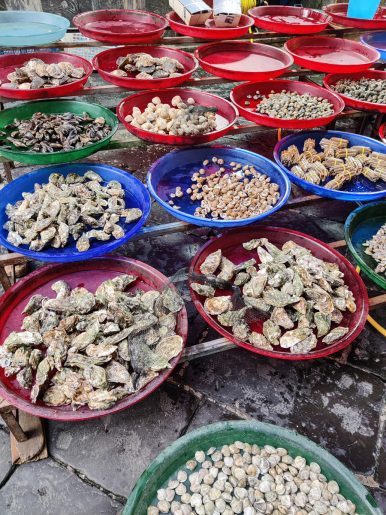
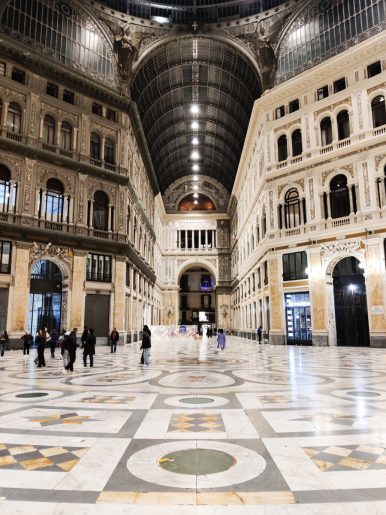
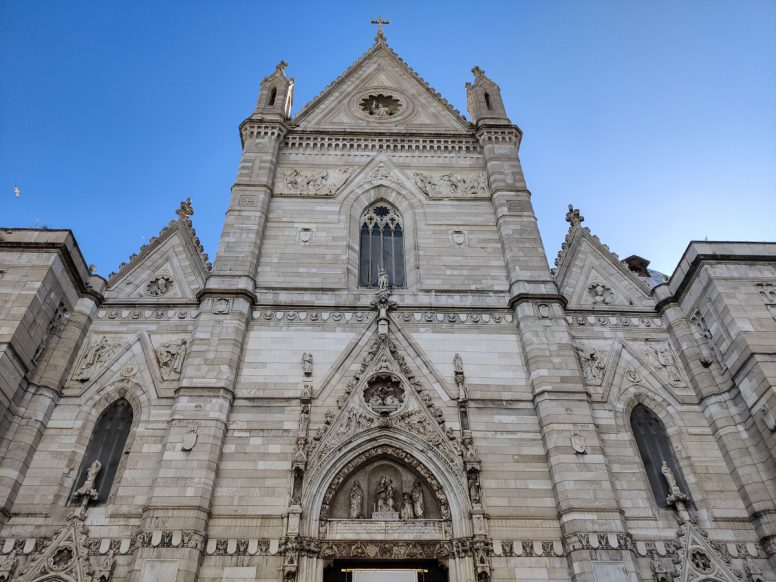
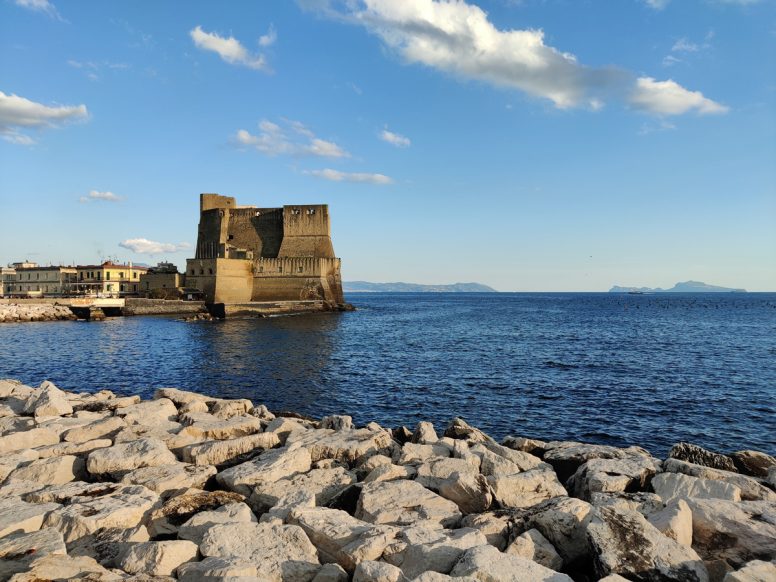
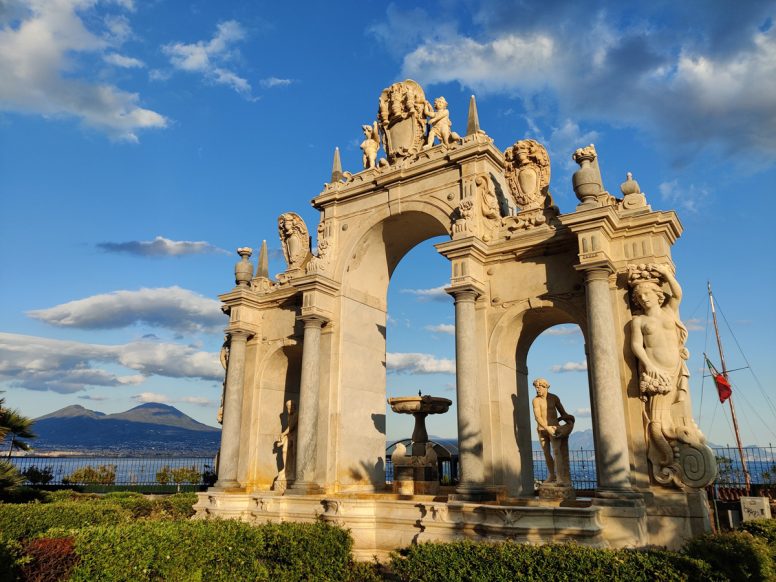
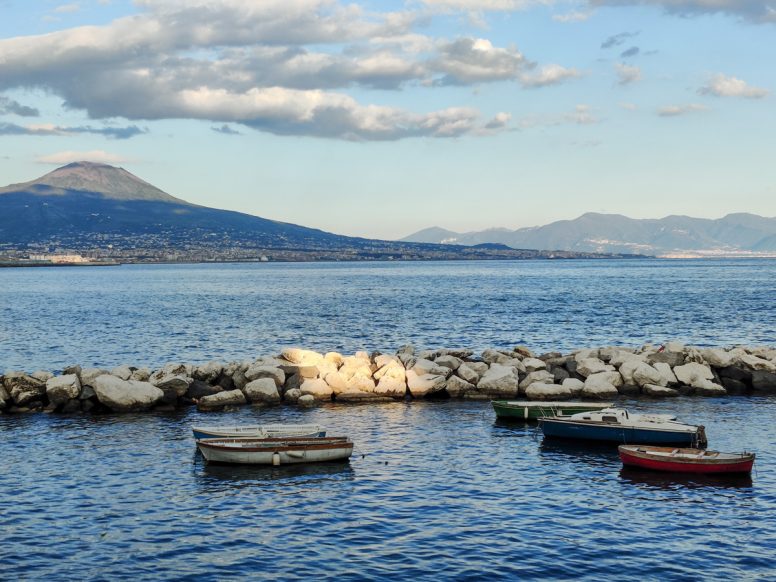
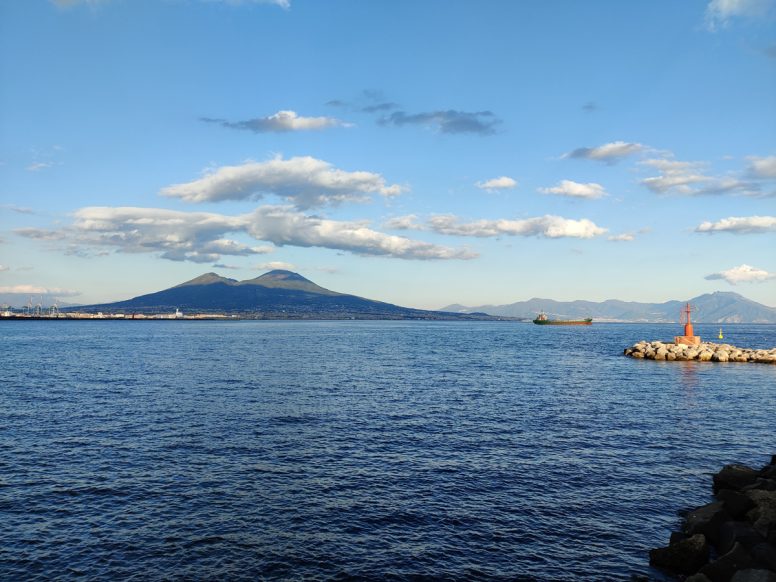
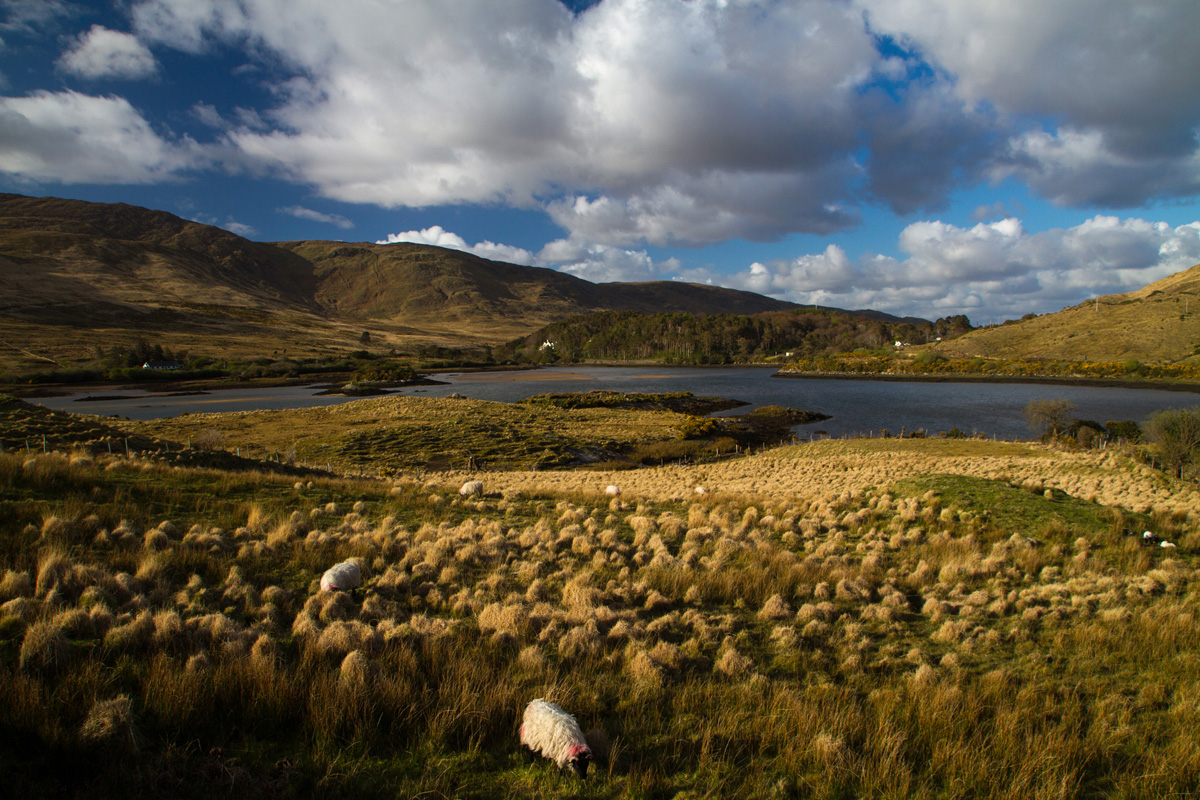
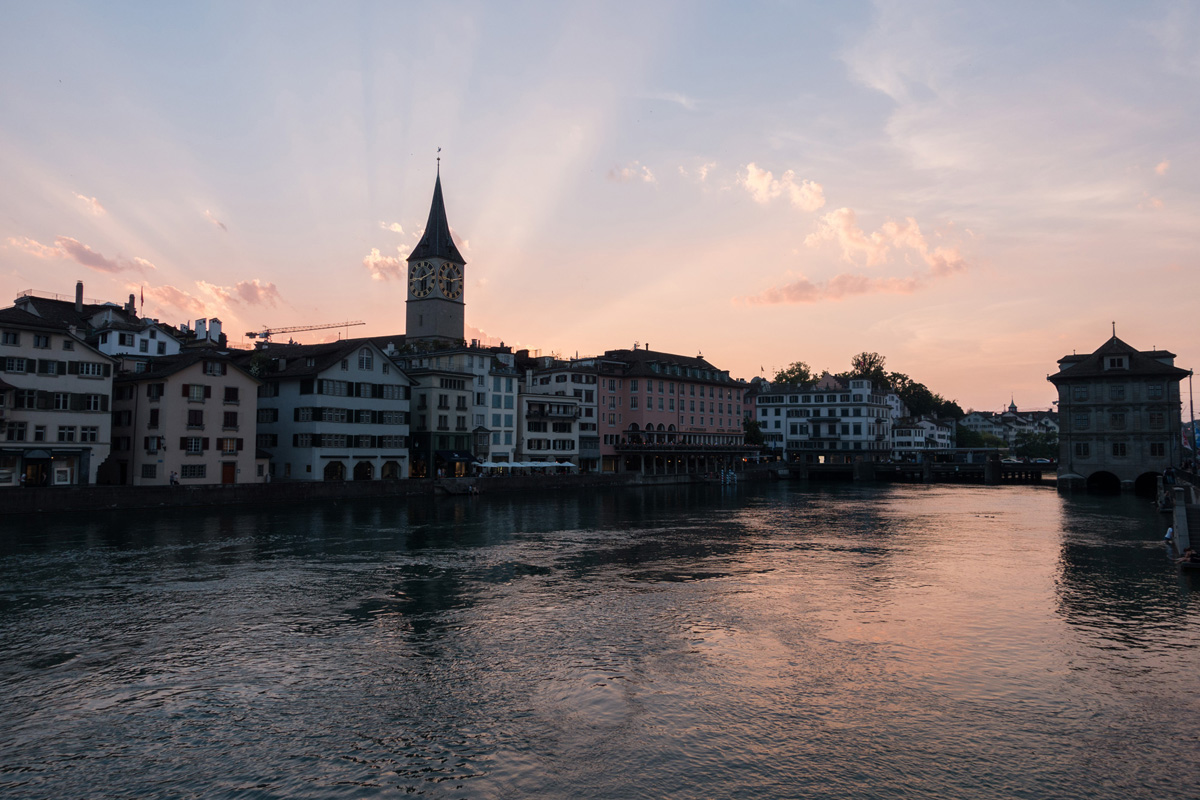
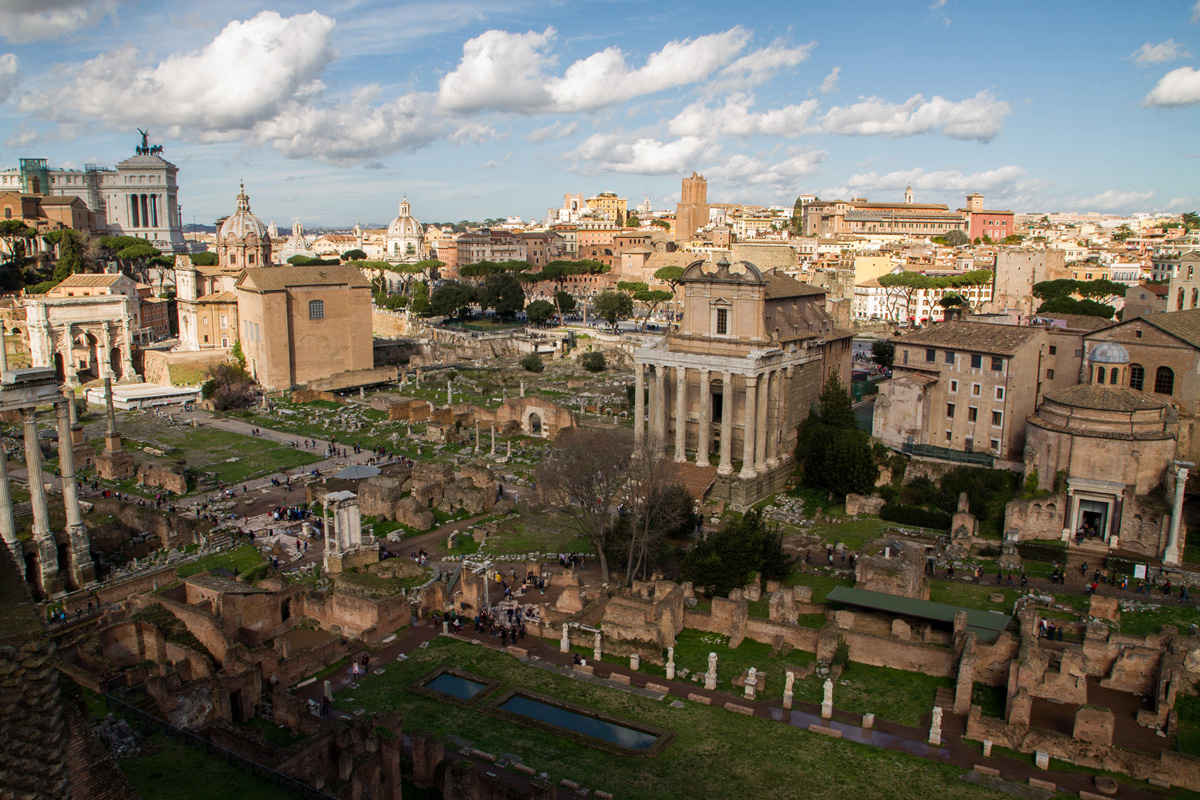
Oh, what a delightful trip! I feel like I can almost taste the pizza 🙂
I would have loved to take the underground tour! And the cloisters and gardens were lovely. Naples just never appealed until I saw your photos. It’s so interesting and so alive.
I am always pleased to see your photography, and so appreciate your exquisite eye, especially the architectural photos. Especially the sea with rocks and little boats…a perfect composition. Loved the aqueducts and one is currently my wallpaper, so I open my ipad with one I’ve saved…you have such a talent, Juliana.
Thank you!